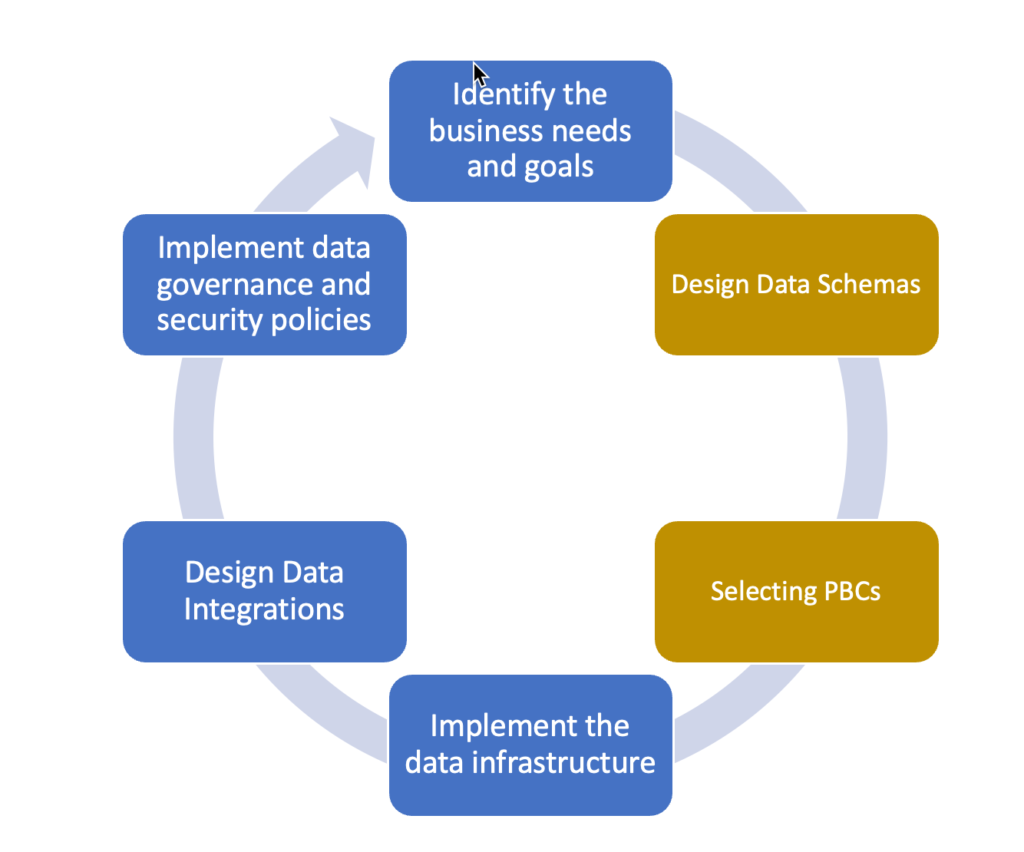The landscape of the digital experience platform (DXP) is constantly changing as new technologies and trends emerge rapidly. One significant development in recent years is the emergence of Composable DXPs, which offer a more flexible and modular approach to managing digital experiences. This approach is no longer theoretical, as we now have a complete DXP solution from Sitecore. Sitecore has become a key player in the DXP market by releasing over ten packaged business capabilities in recent years, most of which are offered as SaaS. This shift towards a business-outcome-focused platform has enabled Sitecore to prioritize delivering faster outcomes for its customers.
As businesses adopt Composable DXPs, their strategies for managing digital experiences are also changing. They no longer need to dedicate significant amounts of time to designing software architecture, as we often did with Sitecore XP Platform using Helix principles and creating custom infrastructure. Instead, the focus of strategists now mainly falls on defining business outcomes and developing data integrations.

1. Focus On Outcomes
Composable DXPs prioritize helping businesses achieve their objectives over specific technologies or features. As a result, businesses can create digital experiences that are tailored to their unique needs and goals, utilizing tools that are best suited for the job, rather than being limited by the technical or operational requirements of the platform. A Strategist could initiate the process by asking pertinent questions such as: What are your digital experience objectives? What KPIs will you use to measure success? By defining your business outcomes in advance, you can ensure that your digital experience stack is aligned with your business goals. Once the outcomes have been established, the next step would be to focus on designing data integration.
2. Focus On Data
The most crucial stage in composable DXP is the integration of its components. As Strategists and Architects, we must ensure that every component works seamlessly with others and that data flows effortlessly between them. We also need to establish a clear governance framework for managing the integration, utilizing Data Mesh principles as an example. Depending on the platform’s complexity, we may need to consider various data integrations for operational and historical data. A modern analytics architecture is essential for monitoring composable components, creating a 360-degree data view of our platform and its users.

Composable Strategy is not a one-time event. Rather, it’s an ongoing process that requires continuous monitoring and adjustment. Organizations must be willing to adapt and evolve their strategies over time to stay ahead of the curve. Composable strategy transformation requires a willingness to try new tools and methodologies that may be outside of an organization’s comfort zone. During the strategy phase, organizations may need to use tools such as design thinking or scenario planning to help break down their strategy into smaller components and analyze the potential impact of different scenarios and during the integration phase, new architectural principles may be needed to ensure smooth data exchange between numerous packaged business capabilities.
Recent Comments